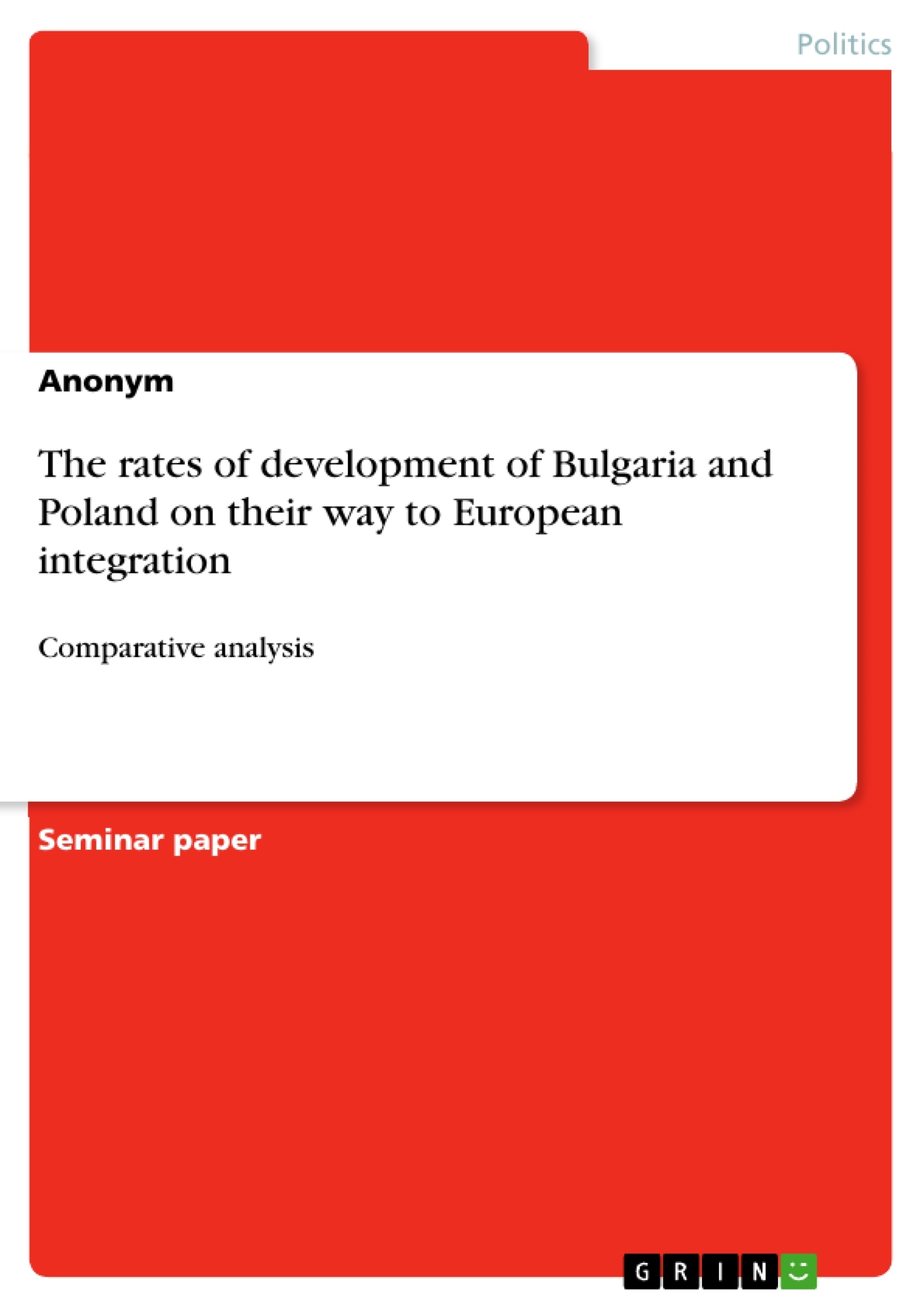Since ancient times, the European countries have strived for unification. They have gone through many wars and alliances while trying to get to the idea that a unite Europe would be of everyone’s favor. In 1992 with the signing of the Maastricht contract, the two already existing European organizations- European Coal and Steel Community (ECSC) and the European Economic Community (EEC), form the European Union. In its essence, the EU is a general framework for the development of integration between countries. Among its main goals are to guarantee political freedom and economic prosperity, to ensure the free movement of people and goods throughout the Union and to establish a single currency and enrich every nation with the cultural values of the others. Any state which is a member of the European Union (or wishes to join it) should respect its values, including human dignity, freedom, democracy, equality, rule of law, and respect for human rights. These main goals of the European Union are important to mention, as first it should become clear why a country would like to join such an organization. Only then we could continue to investigate the reasons for the different development of each country and its path leading to European integration.
With the adoption of the 10 countries of Central and Eastern Europe and the transformation of the Union into EU-27 the beginning of a new historical period in the development of European integration has been set. This analysis will focus on two transition countries, which after the collapse of communism in 1989, have been facing a great deal of issues concerning their future in Europe. Since 2004 (respectively 2007) Poland and Bulgaria belong to the European Union. Both countries had a relatively equal starting position after the transition to democracy, but a series of factors have been the reason for the faster and much more efficient development of Poland which in turn contributes to its earlier accession in the EU and its adjustment to the West European standards. The aim of this comparative analysis is to try to find out which factors have played a significant role in shaping today’s prosperity of Poland over Bulgaria. By using the comparative method we would be able to clearly distinguish between different variables and discover some national characteristics which might have influenced the dependent variable, namely the level of European integration.
Inhaltsverzeichnis
1. Introduction
2. European integration- essence of the concept and influential factors
2.1 Political integration
2.2 Economic integration
2.3 Social integration
3. Political model
4. Economic model
5. Social model
6. Conclusion
7. Appendix
8. Literature
- Quote paper
- Anonymous,, 2013, The rates of development of Bulgaria and Poland on their way to European integration, Munich, GRIN Verlag, https://www.grin.com/document/455463
-

-

-

-
Upload your own papers! Earn money and win an iPhone X. -

-
Upload your own papers! Earn money and win an iPhone X. -

-
Upload your own papers! Earn money and win an iPhone X. -

-
Upload your own papers! Earn money and win an iPhone X. -

-
Upload your own papers! Earn money and win an iPhone X. -

-
Upload your own papers! Earn money and win an iPhone X. -

-
Upload your own papers! Earn money and win an iPhone X.

